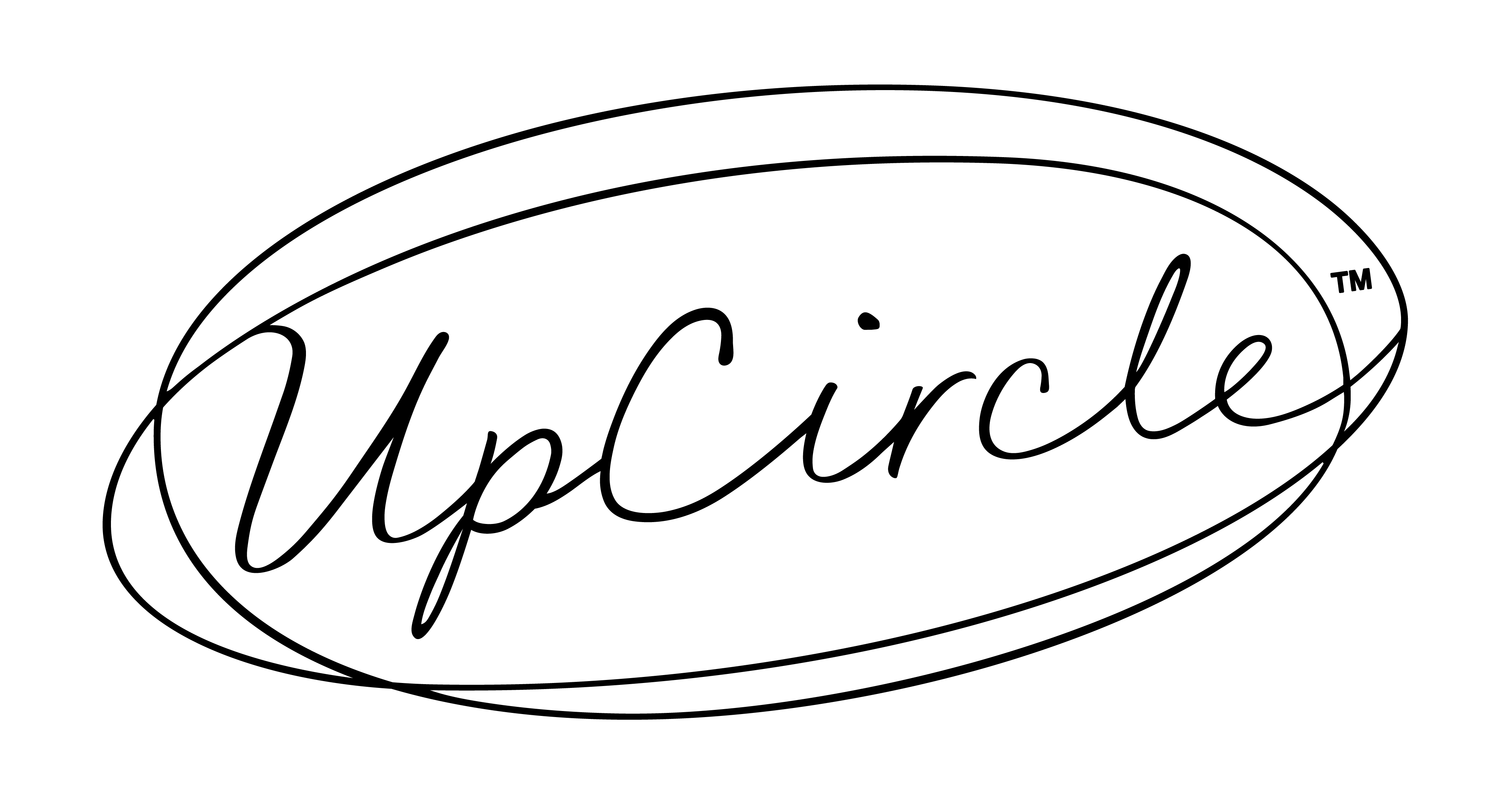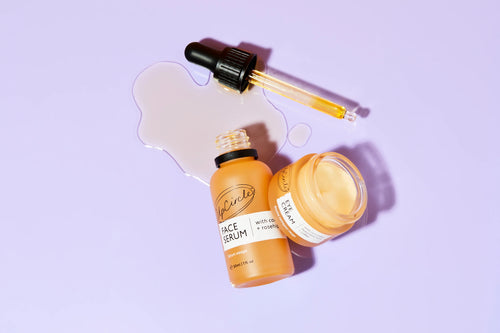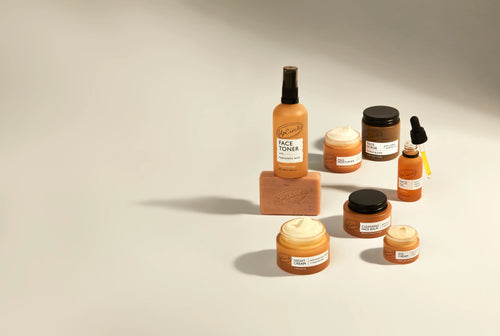It’s important to know exactly what is in your products and what you’re putting on your skin. From shea butter to coffee oil, knowing what ingredients are in your skincare means you can make informed choices about the products you want to use.
What is INCI in cosmetics?
INCI is the International Nomenclature of Cosmetic Ingredients, a global standardized system for identifying and naming ingredients in cosmetics and personal care products.
It is a systematic way to name cosmetic ingredients – providing a common language for labelling across brands, countries, and languages. The aim is to ensure clarity and consistency. INCI is developed and published by the Personal Care Products Council (PCPC), a global trade association.
Why is the INCI cosmetic ingredient list important?
It might look intimidating, but the INCI cosmetics list is incredibly helpful. It tells you exactly what’s in your skincare without any marketing fluff, helps you spot potential irritants or holy-grail ingredients, and keeps things consistent no matter where you're shopping.
Consistency: The INCI list ensures ingredient names are consistent across countries and languages.
Transparency: It helps consumers understand what's in the products they use.
Regulation: Using the INCI list is required by law in many regions (like the EU, US, and Canada) for labelling cosmetics.
Safety: Knowing the exact INCI name helps dermatologists and consumers spot allergens or irritants. This helps people with sensitivities make safer, more informed choices.
How the INCI cosmetic list works
INCI names are assigned to ingredients based on a set of rules and conventions.
How ingredients are listed:
Descending order by concentration: Ingredients are listed from highest to lowest concentration. When you get to any ingredients used at less than 1%, they can subsequently be listed in any order.
Standardized names: Instead of using brand names or trade names, ingredients are listed using INCI names. Botanical ingredients in cosmetics often have names based on their botanical (Latin) name, along with the part of the plant used (such as leaf, stem, etc.) and the type of ingredient (like oil, extract, etc.).
Fragrance and colorants: Fragrances are often listed as "parfum" or "fragrance", and don't always require a full breakdown unless allergens are present. Colorants are usually listed at the end using Color Index™ (CI) numbers (such as CI 77491 for iron oxides).
INCI cosmetic ingredients in our skincare
If you’ve ever read an UpCircle product label, you might wonder where some of the ingredients are that we rave about. While we do try to include the widely used name of an ingredient as well as the INCI name in our ingredient lists, it’s not always possible.
Here are some of the ingredients we use at UpCircle, their INCI names, and why we love them.
1. Niacinamide
Niacinamide is vitamin B3, an essential nutrient for your skin. It helps to nourish your complexion, build proteins in your skin, and prevent dryness.
Product pick: Night Cream with Hyaluronic Acid + Niacinamide
2. Ascorbic acid
Ascorbic acid is vitamin C, one of the main skincare vitamins people try to incorporate into their routines. From stimulating collagen production in the skin to helping preserve skin elasticity and protecting against free radicals, there’s a lot to love!
Product pick: Peptide Serum with Custard Apple + Blood Orange
3. Tocopherol
Tocopherol is vitamin E, an antioxidant-rich moisturising ingredient which boosts circulation. If you’re prone to breakouts, this ingredient can also reduce the oxidation of sebum in pores and prevent blackheads.
Product pick: Face Moisturizer with Vitamin E
4. Sodium hyaluronate
Sodium hyaluronate is the salt form of skincare hero ingredient, hyaluronic acid. A powerful humectant, hyaluronic acid is great for hydrating your skin and protecting your skin’s natural barrier.
Product pick: Face Toner with Hyaluronic Acid
5. Simmondsia chinensis seed oil
Simmondsia chinensis seed oil is jojoba oil. A powerful antioxidant, jojoba oil is also non-comedogenic, meaning it does not clog your pores. This humectant oil attracts moisture to the skin and locks it in.
Product pick: Natural Face Scrub
6. Rosa Canina Fruit Oil
Rosa canina fruit oil is rosehip oil, an anti-inflammatory and collagen-boosting ingredient. Rosehip oil naturally contains essential fatty acids, particularly linolenic and linoleic acids, and works to reduce hyperpigmentation.
Product pick: Organic Face Oil
7. Theobroma cacao butter
Theobroma cacao butter is cocoa butter, which is a wonderful ingredient that works to hydrate your skin. Gentle and soothing on the skin, cocoa butter works to nourish your skin with essential nutrients, without irritating the skin.
Product pick: Body Cream with Aloe Vera + Cocoa Butter
8. Aloe barbadensis leaf extract
Aloe barbadensis leaf extract is aloe vera leaf extract. One of the main benefits of aloe vera for your skin is its hydrating and healing properties, making it perfect for a gentle cleanser.
Product pick: Cleansing Face Milk with Oat Powder + Aloe Vera
Example INCI ingredient list
For a more complete example, we’ve included a full breakdown of the INCI ingredients in our Peptide Serum with Custard Apple + Blood Orange.

93% NATURAL INGREDIENTS:
Aqua – water
Citrus Sinensis Fruit Extract – orange fruit extract
Niacinamide – vitamin B3
Pentylene Glycol – humectant and solvent ingredient
Annona Cherimola Fruit Extract – custard apple fruit extract
3-O-Ethyl Ascorbic Acid – vitamin C
Tripeptide-1 – collagen fragment peptide
Dextran – a polysaccharide with water-binding properties
Diutan Gum – a fermentation product to control viscosity
Tocopherol – vitamin E
Butylene Glycol – humectant and solvent ingredient
Sodium Dehydroacetate – an antimicrobial ingredient used as a preservative
Potassium Sorbate – the potassium salt of sorbic acid that is used as a preservative
Sodium Citrate – a pH regulator and chelating agent
Citric Acid – an alpha hydroxy acid from citrus plants
Phenylpropanol a – a naturally occurring floral component with a delicate scent
Benzyl Alcohol – an organic alcohol used as a preservative
Ethylhexylglycerin – a preservative and carrier/suspending agent
Discover our full collection of natural and cruelty-free skincare, bodycare, fragrance, and haircare.







